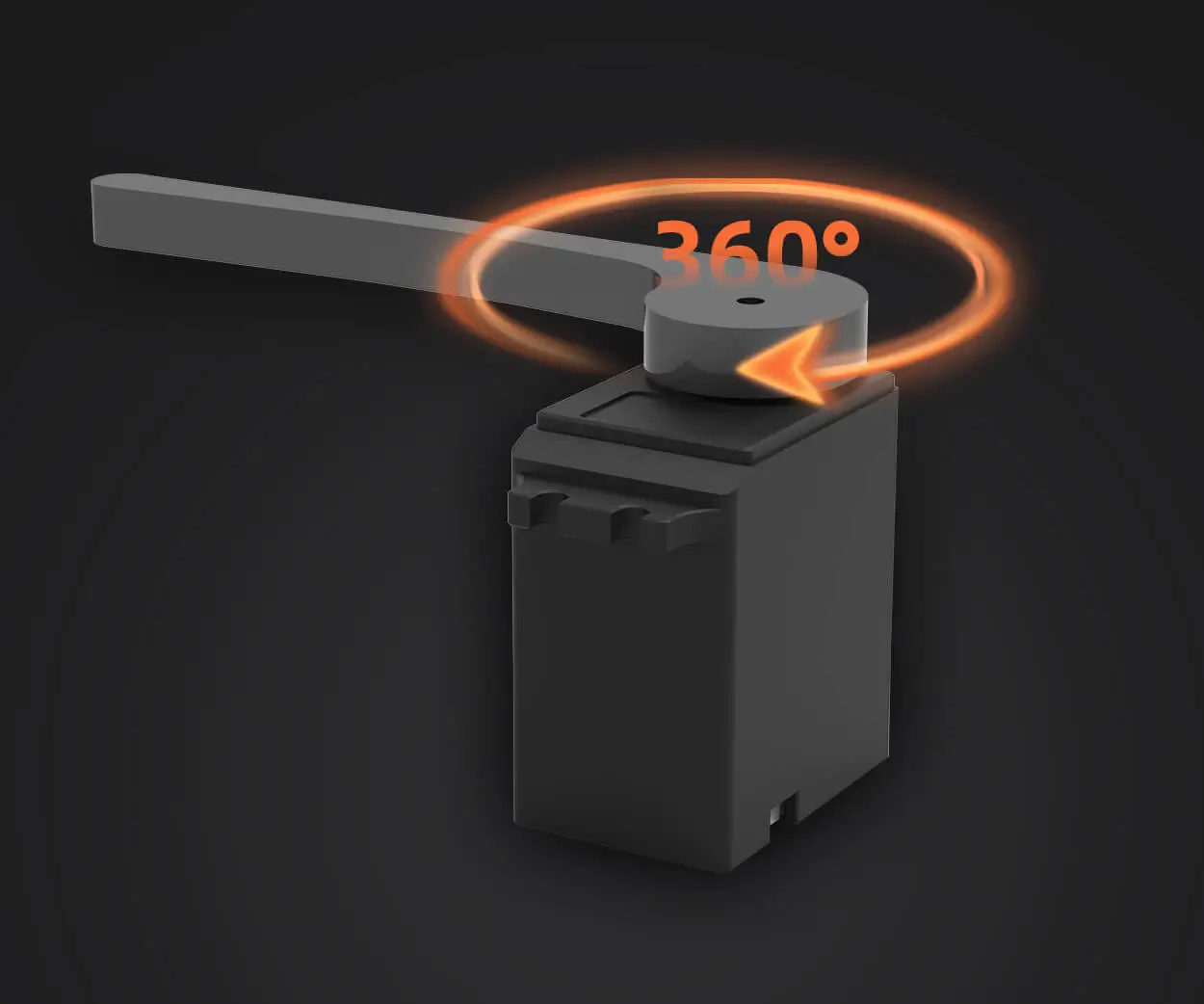In the fast-paced realm of modern technology and automation, the quest for power, precision, and efficiency is relentless. Among the heroes of this narrative are DC gear reduction motors, a marvel of engineering that seamlessly blends brute strength with finesse. These little powerhouses are transforming industries—from robotics and conveyor systems to electric vehicles and home automation—by providing reliable, smooth, and controlled motion.

Imagine a motor that can spin a vast load but does so with gentle, calculated precision—that's what a DC gear reduction motor offers. At its core, it is a simple concept: a direct current (DC) motor combined with a gear reduction mechanism. But it’s this combination that unlocks a universe of possibilities, enabling machines to perform delicate tasks or handle heavy loads with equal finesse.
The Anatomy of a DC Gear Reduction Motor
To truly appreciate the magic, it’s worth delving into the anatomy of these motors. The core component is the DC motor itself—a device that converts electrical energy into rotational motion. When electricity flows through the motor's windings, it creates a magnetic field that makes the rotor spin. On its own, this can deliver significant torque and speed, but it often lacks the finesse needed for precise applications.
This is where the gear reduction comes into play. Encased within the motor housing, a set of gears—usually a planetary, worm, or helical gear train—reduce the motor's high speed to a lower, more controllable output speed while proportionally increasing torque. Think of it as a finely tuned amplification system that ensures power isn't wasted and that the motor’s output matches the specific needs of the application.
The synergy of motor and gear train results in a device that can deliver high torque at low speeds, making it ideal for applications that require careful control of movement and force. Plus, thanks to advancements in gear design and materials, modern gear reduction systems are smoother, quieter, and more durable than ever.
Applications That Define the Power of Gear Reduction
In the industrial sphere, DC gear reduction motors are the backbone of robotics arms, conveyor belts, and precision machinery. Robots, whether in assembly lines or surgical suites, rely on these motors for their ability to produce controlled, repeatable motion—essential when every millimeter counts. Their low-noise operation and high efficiency ensure continuous operation with minimal maintenance, which is vital in demanding environments.
Automotive manufacturers also harness the power of these motors for electric power steering, window lifts, and seat adjustments. Their ability to generate considerable force in confined spaces makes them invaluable. And in the realm of consumer electronics, compact DC gear motors are often found in camera autofocus mechanisms, 3D printers, and drone gimbals—delivering precise, smooth movements that enhance user experience.
Efficiency and Customization
One of the key advantages of DC gear reduction motors is their adaptability. Designers can customize gear ratios, motor sizes, and power specifications to tailor solutions for specific tasks. For instance, a low gear ratio might provide rapid movement for a conveyor belt, while a high ratio could be used for a robotic arm needing slow, deliberate precision.
Efficiency is also at the forefront of modern gear reduction motors. Modern gearboxes use high-quality materials like steel and advanced lubricants to minimize energy loss through friction. Coupled with advances in brushless motor technology, these motors achieve impressive energy savings, longer operational life, and less overheating—a collective win for all stakeholders.
Safety and Durability in Challenging Environments
Durability is a hallmark of today’s DC gear reduction motors. They are built to withstand harsh environments—extreme temperatures, dust, vibrations—thanks to sealed gearboxes and corrosion-resistant materials. Their robust construction ensures reliable operation over millions of cycles, making them ideal for applications where downtime isn’t an option.
Safety mechanisms, such as overload protection and thermal cutoffs, further enhance their reliability, safeguarding both the motor and the system it powers. When combined with intelligent control systems, DC gear reduction motors become not just powerful but smart, capable of adjusting their operation based on real-time feedback.
Part 2 of this article will explore recent technological advancements, future trends, and the strategic considerations for integrating DC gear reduction motors into various industries. Stay tuned to uncover how these miniature giants are shaping the world of automation and beyond.
Leveraging innovations in modular drive technology, Kpower integrates high-performance motors, precision reducers, and multi-protocol control systems to provide efficient and customized smart drive system solutions.




































